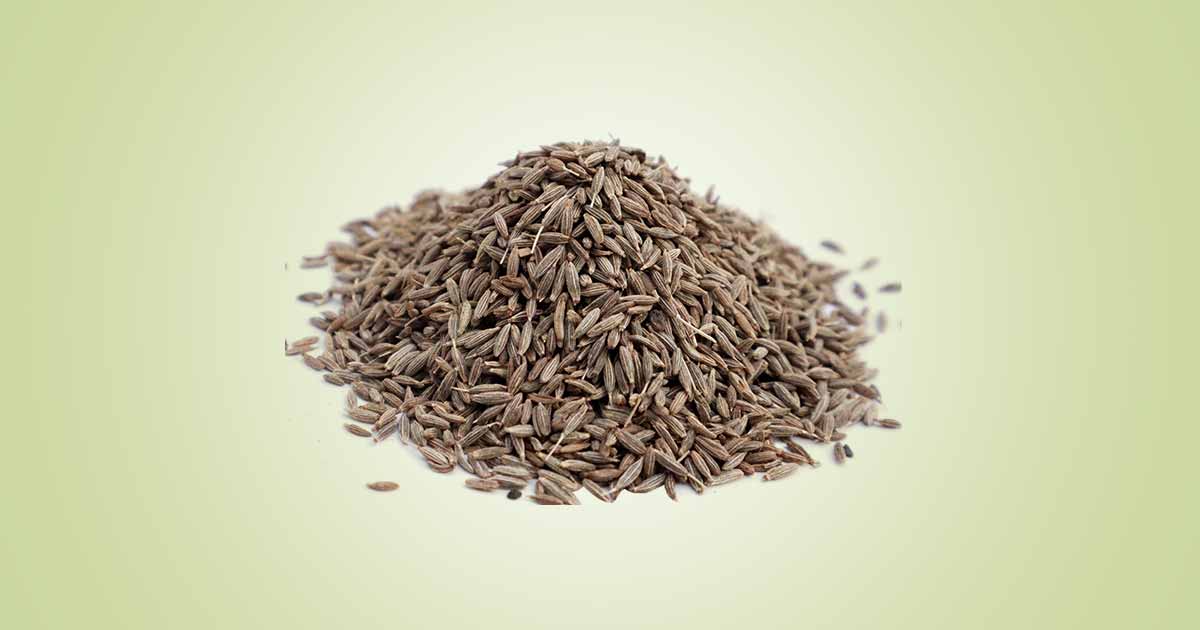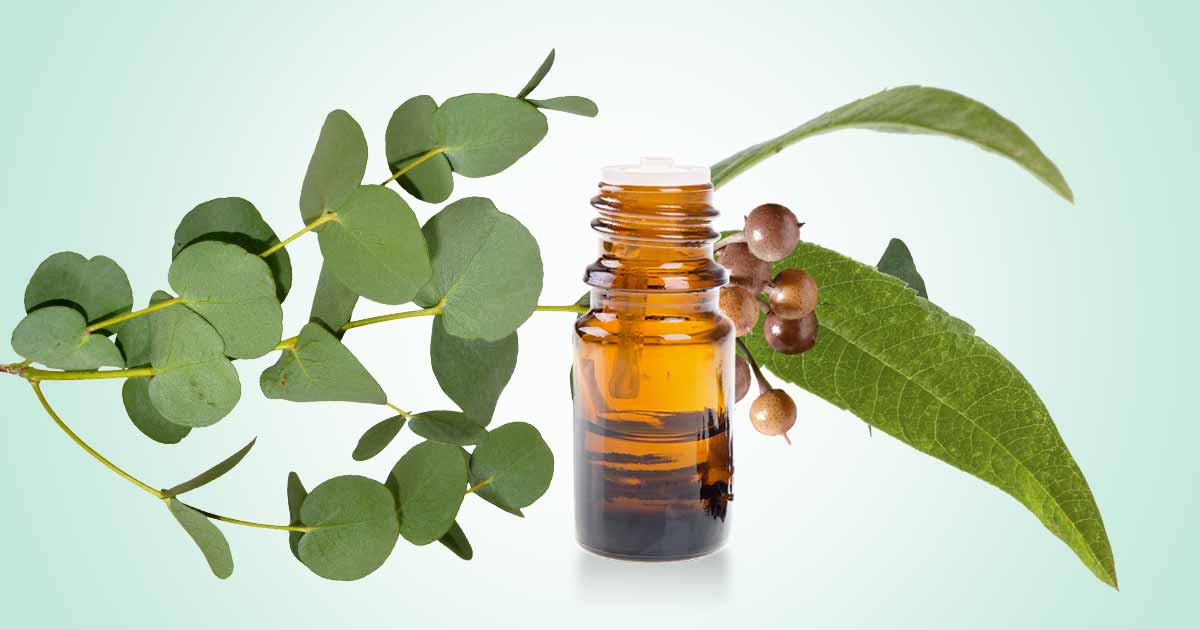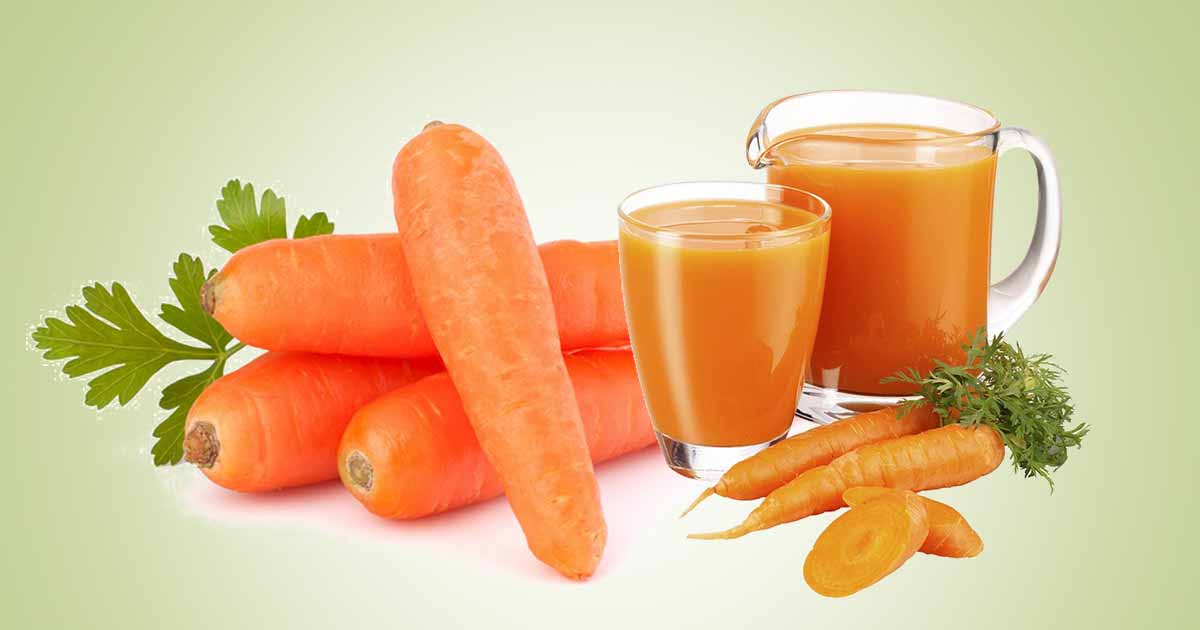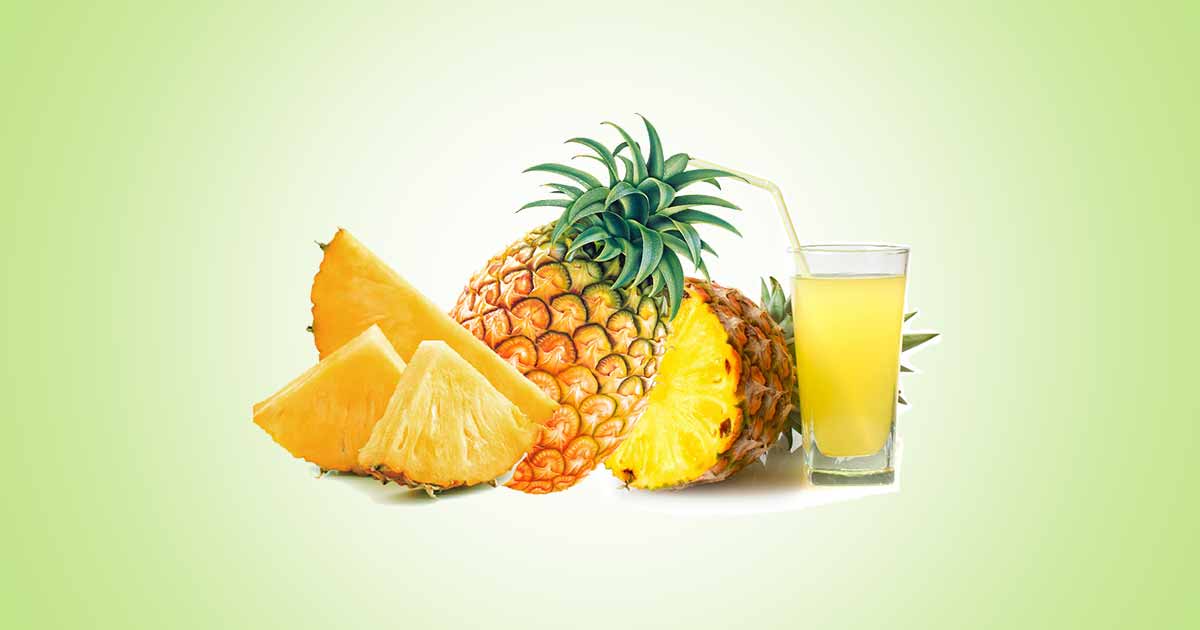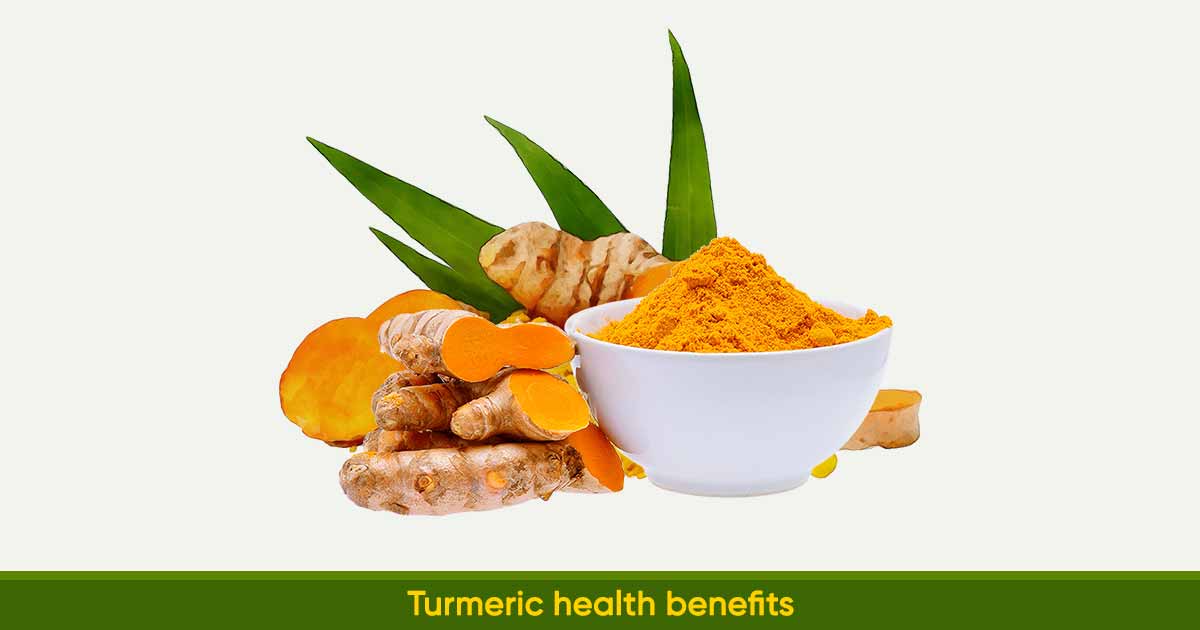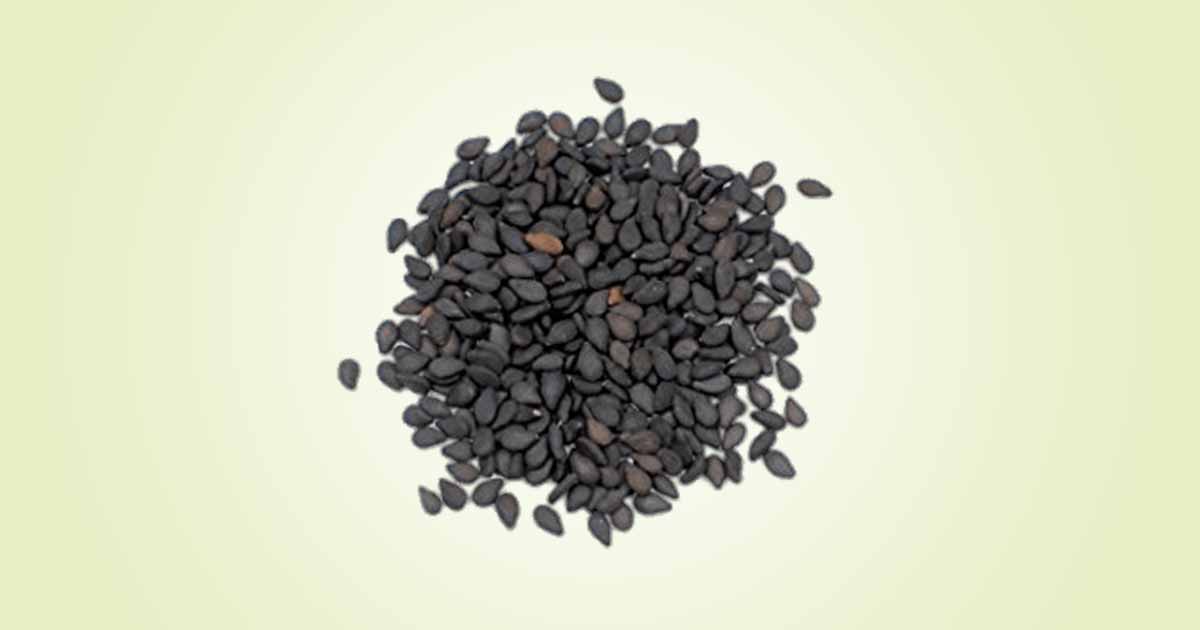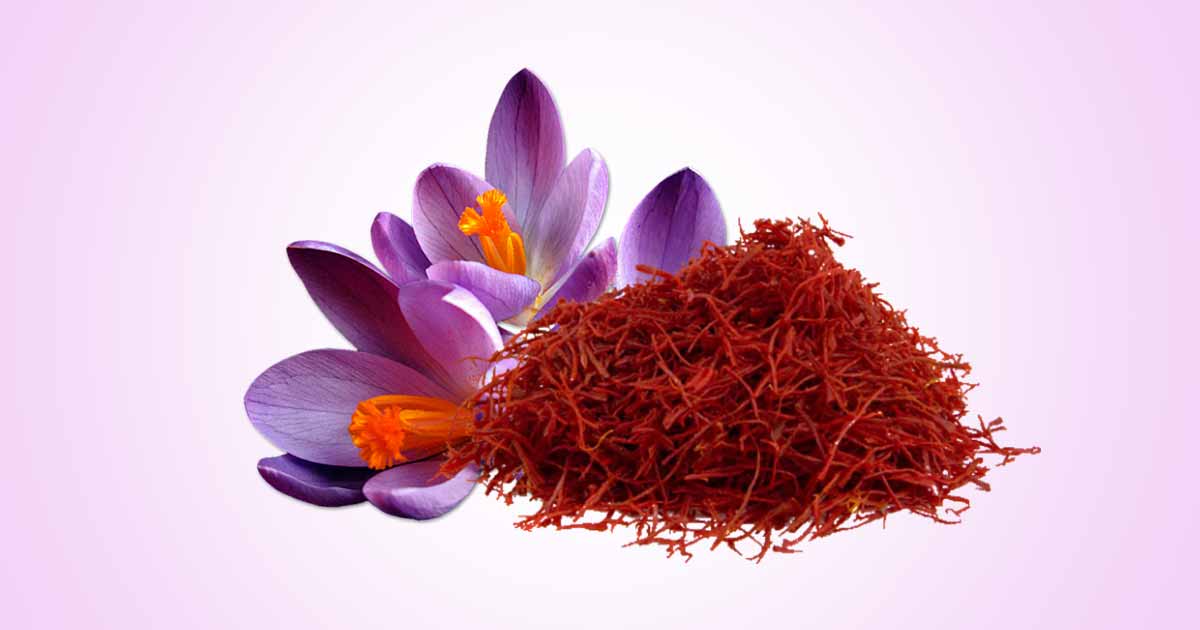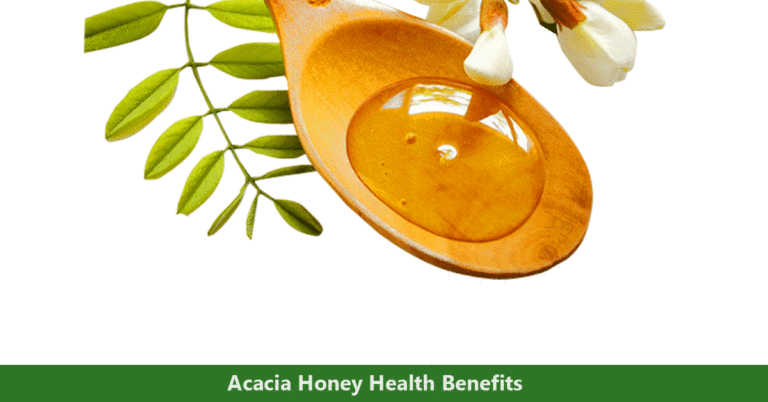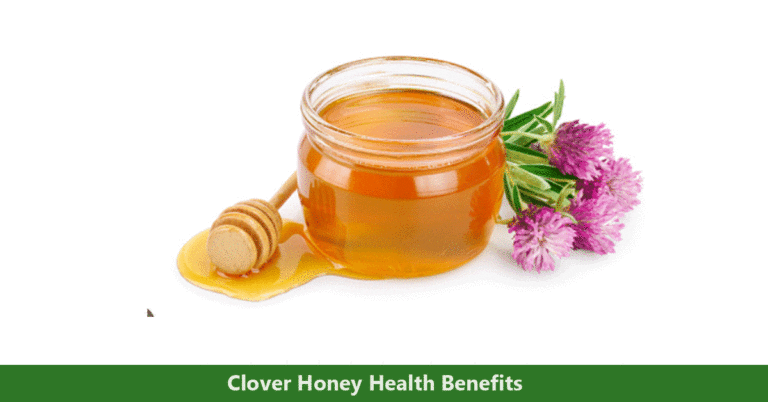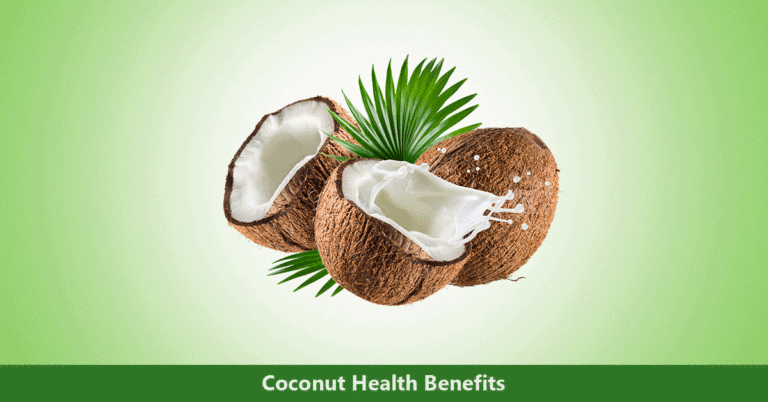Cumin seeds are the dried seeds of Cuminum cyminum, an annual herbaceous plant of the Parsley family (Apiaceae or Umbelliferae family). It is characterized by flowers arranged in umbels (looks like an inverted umbrella as all the flower stalks are joined to the stem at the same point).
The name cumin, is from the Latin word, cuminum, which is borrowed from the Greek word kyminon.
Other names of cumin includes green cumin, comino, kummelumin, zeera (South Asia), cumin (French), comino (Spanish), kamoun (Arabic), cumino (Italian), kreuzkümmel (German), jeera (Hindi), and kū míng (Chinese).
Cumin (Cuminum cyminum) originates from Western Asia, and now grows well in the South Mediterranean and West Asia. It is largely grown in India, Iran, China, Indonesia, Pakistan, Turkey, Malta, Ukraine, Morocco, Egypt, Argentina, Mexico, Central America, Central Asia.
It is a relative of caraway, and is erroneously called Roman caraway, Egyptian caraway, Oriental caraway or Turkish caraway. It is also different from sweet cumin (Pimpinella anisum or anise), wild cumin (Bunium persicum), and black cumin (Nigella sativa).
Cuminum cyminum is a drought resistant plant with an erect or sub-erect small and slender annual herb that can grow up to 50 cm height. The leaves are blue-green, compound, and are alternately arranged on the stem, and divided into thread-like segments. The foliage is similar to that of dill and is divided into filiform segments. Both dill and cumin belong to the same family.
Inflorescence is a terminal umbel with tiny pink or white flowers.
The yellowish brown fruit is ovoid, oblong, slightly curved schizocarp. Fruit is classified as a nut (diachene). It has two separate carpels. Testa of each carpel has four distinct ridges and five oil canals. Seeds are hairy and yellowish brown when ground. The seed is similar to fennel or anise in color but darker and smaller
The stem is finely grooved and branched. It has gray to dark green, and may be brownish on lower stem. The inner stem core is white. The root is a thin taproot and light brown.
The small fruits or seeds of cumin are used as spice when blended with curry and chilli. The seed is aromatic and contains essential oils that contribute to the aroma. It can be used whole or ground. The whole seeds are added early to enhance the flavor of the dishes, or added to the initial frying of garlic and onions.
In India, Cuminum cyminum is part of cuisines such as the spice blend garam masala, yogurt dish raita, alu jira (potatoes with cumin), and masala dosa. It is also part of Arab cuisines, baharat seasoning, in Mexican cuisines as part of chili powder, in achiote blends and adobos, in North African tagines, and falafel, and in European dishes such as Dutch cheese, Leyden.
The essential oils of Cuminum cyminum are used in aromatherapy, as flavoring agent in food, and in perfumery. The fragrance is used in creams, lotions, and perfumes. The flavor could be described as peppery, metallic, slightly bitter, pungent, astringent, burning, and nutty.
Cuminum cyminum has been used medicinally as a sedative, galactogogue, spasmolytic, carminative, astringent, coagulant, flatulence, jaundice, toothache, hypoglycemic, anthelmintic, and digestive aid.
It is also used to treat gastrointestinal disorders, jaundice, epilepsy, hypertension, fever, and childhood maladies.
Constituents of Cumin
Nutrition
According to the USDA, a 100g of cumin seeds contain 8.06 g of water, 44.2 g of carbohydrates, 17.8 g of proteins, 22.3 g of fats, 7.62 g of ash, 10.5 g of dietary fiber, 2.25 g of sugars and 375 kcal of energy.
Minerals: It has high potassium (1790 mg), calcium (931 mg), phosphorus (499 mg), magnesium (366 mg), sodium (168 mg), and iron (66.4 mg) content. Zinc, copper, manganese, and selenium are the other minerals present.
Vitamins: Vitamin C, vitamin A, choline, thiamine, riboflavin, niacin, vitamin B-6, vitamin E, vitamin K.
Bioactive Compounds
Cuminum cyminum contains bioactive pigments and phytonutrients such as beta-carotene, lutein + zeaxanthin.
Essential oils, proteins, carbohydrates, phenolic compounds, minerals and vitamins are obtained in cumin seeds.
The main constituent in the essential oils is cuminaldehyde (4-isopropylbenzaldehyde), a yellow fresh oil. But there are others such as γ-terpinene, β-pinene, p-cymene, octanol, thymol, p-mentha-1,3-dien-7-al, safranal, linalool, 2-ethoxy-3-isopropylpyrazine, limonene, vanillin, benzoic acid, anethole, 2-methoxy-3-sec-butylpyrazine, myrtenal, and gamma-terpinene.
There are non-volatile components such as fixed oil (10%), tannins, mucilage, cellulose, oleoresin, gum, malates, protein compounds.
Phenolic compounds include phenolic acids, flavonoids, phenolic diterpenes. The phenolic acids include aspartic, citric, malic, tartaric, propionic, ascorbic, oxalic, maleic and fumaric acids. Phenols are salicylic acid, gallic acid, cinnamic acid, hydroquinone, resorcinol, p-hydroxybenzoic acid, rutin, coumarine and quercetin.
Health Benefits of Cumin (Cuminum cyminum)
Cumin has antioxidant, antidiabetic, stimulant, carminative, immunomodulatory, antibacterial, insecticide, antifungal activities.
Antioxidants:
Cumin seeds contain phenolic compounds, flavonoids and essential oil constituents such as b-pinene, p-cymene, g-terpinene, cuminaldehyde.
These compounds inhibit lipid peroxidation and scavenge free radicals that cause diseases in the body.
Type-2 diabetes:
Cuminaldehyde inhibits aldose reductase and alpha glucosidase in rats. Also, in alloxan induced diabetic rats, Cuminum cyminum reduced the body weight, plasma and tissue cholesterol, phospholipids, free fatty acids and triglycerides.
Cumin powder seems to lower the fasting blood glucose and glycylated hemoglobin (HbA1c) but did not significantly improve the blood lipid levels.
It improved lipid levels in women with prediabetes better than men.
Hepatoprotective effect:
In animal studies, Cuminum cyminum decreased markers of liver damage such as aspartate transaminase (AST), alkaline phosphatase (ALP) and γ-glutamyl transferase (GGT). It also showed hypolipidemic effect by decreasing the tissue (liver and kidney) levels of cholesterol, triglycerides, and phospholipids.
Antimicrobial activity:
Cumin essential oils inhibit Klebsiella pneumonia, Staphylococcus aureus, Streptococcus mutans and Streptococcus pyogenes.
The essential oils also shows anti-fungal activities against yeast, Candida, aflatoxin, food, animal and human pathogens.
Anticancer effect:
In animal studies, cumin supplementation decrease the activities of β-glucuronidase and mucinase enzymes. It inhibit colon cancer, stomach and cervical tumors.
Anti-inflammatory activity:
Cumin oil exhibit anti-inflammatory effects in LPS-stimulated RAW cells by inhibiting NF-κB and mitogenactivated protein kinases.
It also improves plasma nitric oxide, decrease the systolic blood pressure up-regulated the gene expression of eNOS, Bcl-2, TRX1, and TRXR1; and down-regulated Bax, TNF-α, and IL-6.
Hence, Cuminum cyminum could become a potential anti-inflammatory agent (Srinivasan et al. 2018)
Immunomodulatory effect:
Cuminum cyminum has a significant and dose-dependent increase in the CD4+ and CD8+ T cell count and modulated T lymphocyte expression.
Use in dysmenorrhoea:
In studies using cumin powder on subjects with dysmenorrhoea, it did not reduce pain, however, it reduces fatigue, backache, cramps, and cold sweats.
Vulvovaginal candidiasis:
Cuminum cyminum has antimicrobial activity, which may help in vulvovaginal candidiasis. Cumin essential oils containing suppositories when used for six days reduced vaginal itching, discharge, dyspareunia, and Candida growth.
Dental health:
Toothpaste with cumin essential oils helped to suppress dental plaque when used for four weeks, twice a day. The effect is similar to the standard medication, chlorhexidine. The dental protective effect is attributed to two essential oils – α-pinene and 1,8-cineole.
Irritable bowel movement:
Orally doses of cumin essential oils for four weeks reduced inflammation, abdominal pain, bloating, fecal urgency, and incomplete defecation.
As a galactagogue:
Cumin has been used in traditional medicine as a galactagogue to improve lactation in nursing mothers. However, there are fewer studies to back up the claim.
Digestive aid:
The seeds of Cuminum cyminum stimulate the production of digestive enzymes, and improve the breakdown of food in the gut reducing bloating and flatulence.
Insecticide activity:
The essential oils of Cuminum cyminum has insecticidal against adult Myzus persicae and Musca domestica.
Drug interactions
Cumin interacts with medications such as:
- Antidiabetic medications like glimepride, metformin, insulin, glyburide, pioglitazone further decreasing the blood sugar to potentially dangerous levels.
- Anticoagulants/antiplatelets such as warfarin, aspirin, clopidogrel, aspirin, ginkgo biloba, garlic, by increasing the risk of bleeding.
- Anti-tuberculosis drugs by enhancing rifampicin levels.
- Cumin may also interact with antibiotics, antifungal, anti-inflammatory drugs, cholesterol/lipid lowering agents, morphine, estrogen, osteoporosis drugs, phytoestrogens.
Adverse Effects
Ingestion of cumin powder up to 5 g/d and the essential oil up to 375 mg/d did not result to any serious adverse effect. It is regarded as a safe spice and flavoring by the FDA.
Ingestion of up to 500 mg/kg per day of essential oils to rat for 45 days did not result to any adverse effects. Though feeding 10% concentration of cumin powder to rats caused hematological toxicity and evidence of damage to kidney, intestine and the liver.
Also, the constituents in cumin may lower sugar level, and increase the risk of bleeding. This means the doses used should not exceed the level used for flavoring.
However, some people are allergic to the cumin powder. Also contact dermatitis, and respiratory reactions may occur.
References
- http://dhcrop.bsmrau.net/2034-2/?doing_wp_cron=1689644387.9068748950958251953125
- https://www.botanical-online.com/en/medicinal-plants/cumin-cuminum-cyminun
- https://www.mccormickscienceinstitute.com/resources/culinary-spices/herbs-spices/cumin
- https://fdc.nal.usda.gov/fdc-app.html#/food-details/170923/nutrients
- https://journals.lww.com/nutritiontodayonline/Fulltext/2021/05000/Cumin__Potential_Health_Benefits.8.aspx
- https://phcogj.com/sites/default/files/10.5530pj.2017.3.51.pdf
- http://bmrat.org/index.php/BMRAT/article/view/634

